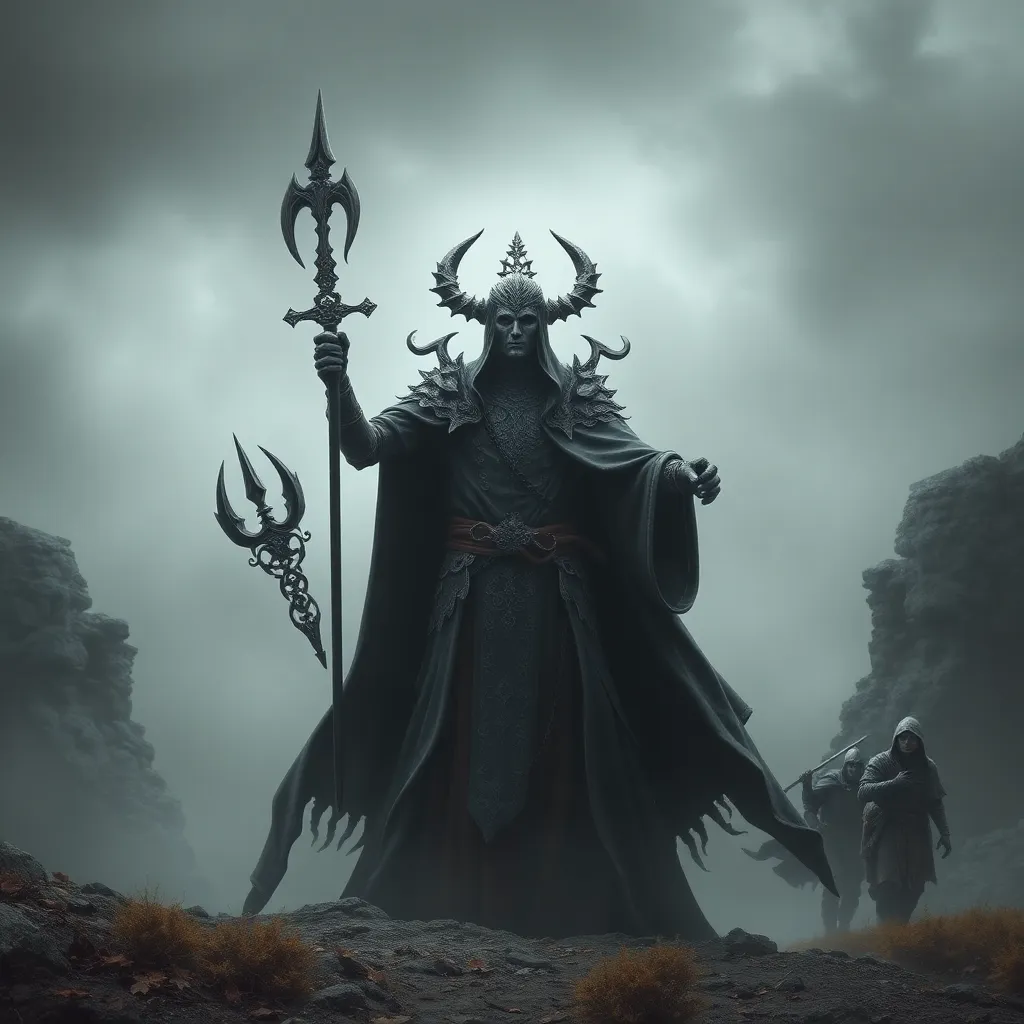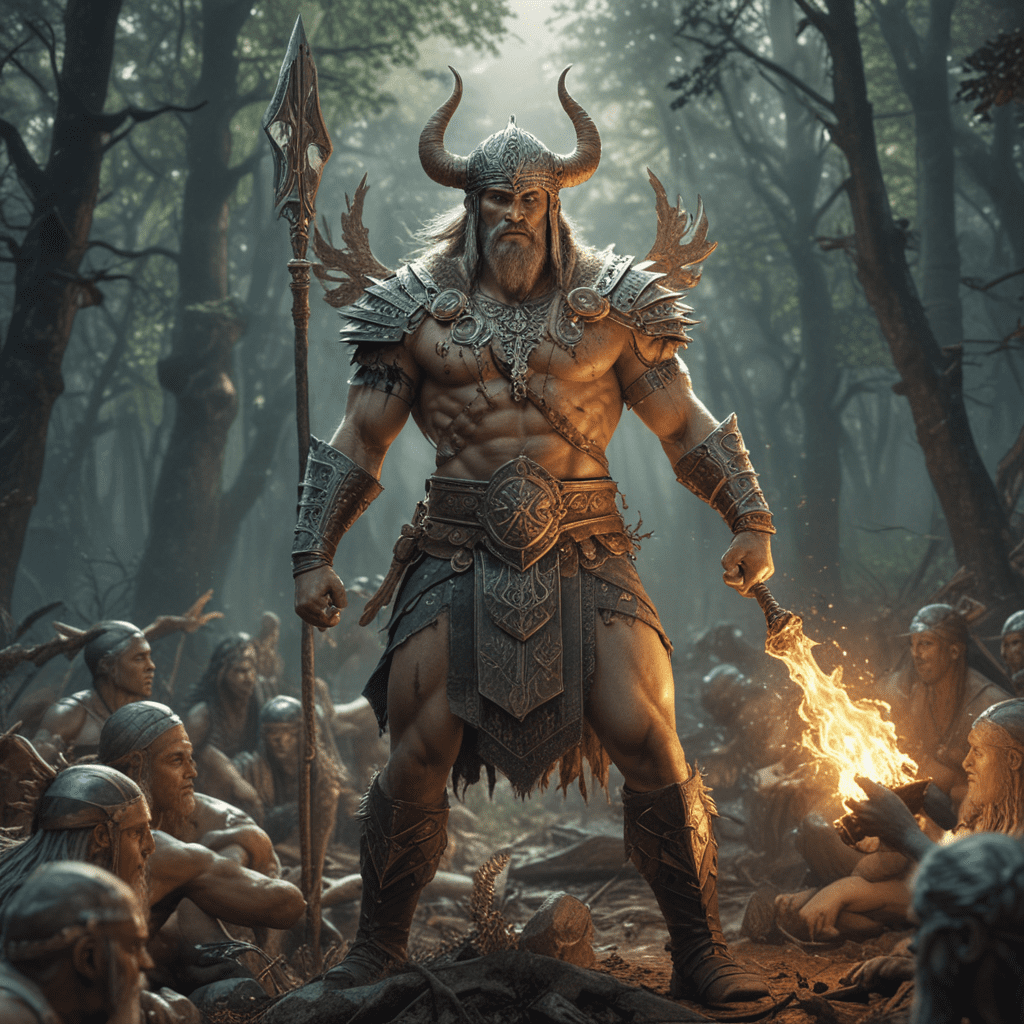The Deathless in History: The Historical Roots of Koschei’s Legend
I. Introduction
Koschei the Deathless is a prominent figure in Slavic folklore, often depicted as an evil sorcerer with the power of immortality. His legend has fascinated generations, embodying the archetypal struggle between life and death. The concept of immortality plays a significant role in various cultural narratives, symbolizing not just a desire for eternal life but also the moral and ethical dilemmas that accompany such a state. This article aims to explore the historical roots of Koschei’s legend, examining its origins, archetypal themes, and the evolution of its significance in literature and modern culture.
II. Origins of the Koschei Legend
The name “Koschei” is derived from the Old Slavic word “koshchey,” which means “brittle” or “bone.” This etymology hints at the character’s association with death and decay, contrasting with his immortality. The linguistic connections suggest a deep-rooted awareness of mortality within the culture that created him.
In ancient Slavic beliefs, death and the afterlife were complex concepts, often intertwined with nature and the cycles of life. The Slavs viewed death not as an end but as a transformation, leading to various interpretations of immortality. Early references to Koschei can be found in folklore and oral traditions, where he is often depicted as a figure who steals life or holds power over others through his deathless state.
III. Archetypal Themes of Immortality
Immortality is a common motif in global folklore, manifesting in various forms across cultures. The duality of life and death is especially pronounced in Koschei’s narrative, as he embodies the tension between the desire for eternal life and the inevitability of death.
- Thematic Elements:
- Struggle against fate
- The burden of eternal life
- Manipulation of life and death
When compared to other immortal figures in mythology—such as Gilgamesh in Mesopotamian lore or the Greek god Tithonus—Koschei’s story underscores a unique cultural perspective on deathlessness, often highlighting the consequences of seeking power over life itself.
IV. Historical Figures and Influences
The interpretations of Koschei throughout history have varied, often reflecting the cultural context in which he is depicted. Some scholars suggest that historical figures, such as tyrants or rulers who were seen as unyielding and powerful, could have inspired the character of Koschei.
Moreover, significant historical events, such as invasions or societal upheavals, may have influenced the evolution of the Koschei legend. The character’s traits of cunning and malevolence can be seen as a reflection of societal fears surrounding death, oppression, and the loss of power.
V. Koschei in Russian Literature
Koschei’s portrayal in classic Russian literature is both rich and varied. He appears prominently in fairy tales, poems, and prose, often as an antagonist who embodies the ultimate challenge for heroes. His representation has evolved through different literary periods, adapting to contemporary themes and societal norms.
- Key Works:
- The Tale of Tsar Saltan by Alexander Pushkin
- The Firebird and other Russian fairy tales
Literary adaptations have significantly impacted the perception of Koschei, transforming him from a mere villain into a complex character that reflects deeper existential themes.
VI. Thematic Analysis of Deathlessness
The philosophical implications of immortality, as represented by Koschei, raise significant questions about the nature of existence. His deathless state can symbolize the ultimate quest for power and control, often leading to isolation and despair.
- Symbolism of Koschei’s Character:
- Power: Koschei’s immortality grants him dominion over others, yet it isolates him.
- Control: His need to manipulate life and death reflects humanity’s struggle against fate.
- Destiny: The narrative of Koschei often intertwines with themes of predestined paths and choices.
These themes resonate with broader human concerns regarding the nature of life, the inevitability of death, and the pursuit of meaning in an ephemeral existence.
VII. Modern Interpretations and Adaptations
In recent years, Koschei has experienced a resurgence in contemporary media and pop culture. Films, television shows, and books have reimagined this legendary figure, reflecting modern societal values and concerns.
- Examples of Modern Adaptations:
- Animated films featuring Koschei as a villain
- Video games that explore themes of immortality and power
- Literary retellings that humanize Koschei, providing backstories and motivations
These adaptations often blend traditional storytelling techniques with modern narratives, creating a multifaceted portrayal that keeps Koschei’s legend alive in contemporary culture.
VIII. Conclusion
Koschei the Deathless remains a significant figure in both folklore and history, representing the complex interplay between life and death, power and vulnerability. The legend of Koschei reflects enduring themes that resonate across cultures and eras, illustrating humanity’s fascination with immortality and the moral implications that come with it.
As we reflect on the cultural relevance of Koschei today, it is evident that deathless legends continue to captivate and challenge us, prompting deeper exploration of our own lives and the legacies we leave behind.



